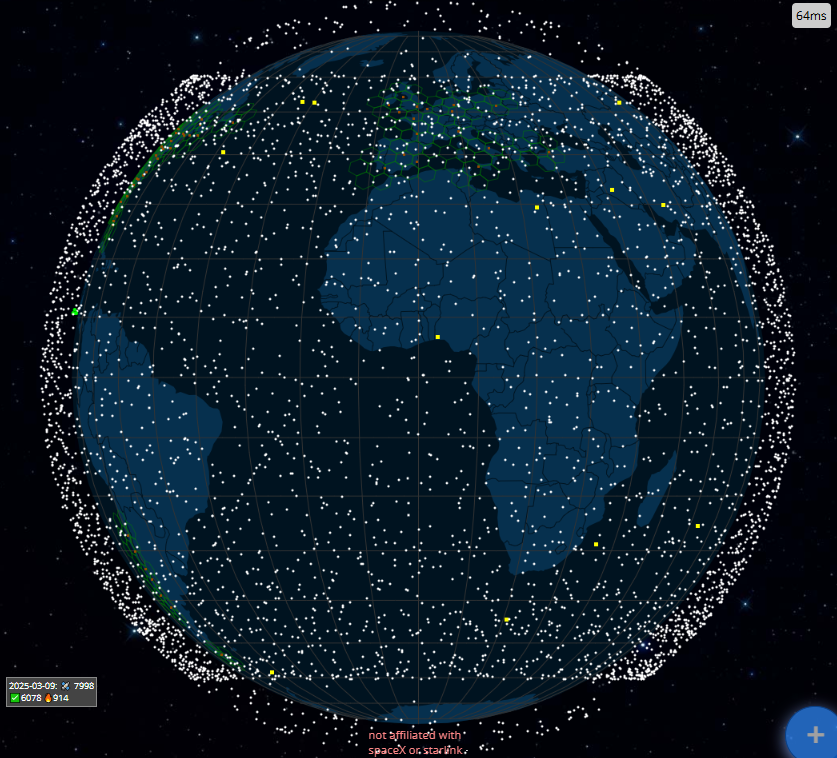
In an era defined by digital connectivity, Starlink—a satellite internet project by SpaceX—is rapidly reshaping how the world accesses the internet. Promising high-speed broadband to even the most remote corners of the globe, Starlink is not only a technological marvel but also a catalyst for change in global communication. However, as its constellation of satellites grows, so do concerns about environmental impacts, space congestion, and astronomical interference.
Revolutionizing Remote Connectivity
For millions living in underserved or rural areas, reliable internet access has long been a challenge. Starlink’s innovative approach uses low Earth orbit satellites to provide broadband service, bypassing the limitations of traditional ground-based infrastructure. Early adopters in remote communities report transformative benefits—from enhanced educational opportunities to improved access to telemedicine and e-commerce. As Starlink continues to expand, its potential to bridge the digital divide is becoming increasingly evident.
The Promise of a Connected World
Beyond individual benefits, Starlink’s impact extends to global economic growth and disaster resilience. In regions prone to natural disasters, where traditional networks can be disrupted, a robust satellite internet system offers a critical lifeline. Moreover, enhanced connectivity is driving innovation in emerging markets, empowering entrepreneurs and fostering technological advancements across diverse sectors.
Emerging Challenges and Controversies
Despite its promise, Starlink is not without its challenges. One major concern involves the increasing number of satellites in orbit. Critics argue that the growing constellation contributes to space debris and elevates the risk of collisions in an already crowded low Earth orbit. Additionally, astronomers have raised alarms about the impact of bright satellites on night sky observations, potentially hindering scientific research and stargazing. Regulators and SpaceX are working to mitigate these issues by exploring design improvements and collision avoidance strategies.
Looking Ahead: Balancing Innovation and Responsibility
As Starlink evolves, its future will depend on balancing the drive for global connectivity with environmental and astronomical responsibilities. Continued innovation, regulatory oversight, and international collaboration are crucial in ensuring that satellite internet technology can thrive without compromising the space environment or scientific pursuits.
Conclusion
Starlink stands at the forefront of a digital revolution, offering unprecedented opportunities to connect a fragmented world. However, its success hinges on addressing the multifaceted challenges that come with operating a massive satellite network. As debates continue and solutions emerge, one thing is clear: the future of global connectivity is as complex as it is exciting, demanding both visionary technology and responsible stewardship of our orbital environment.






